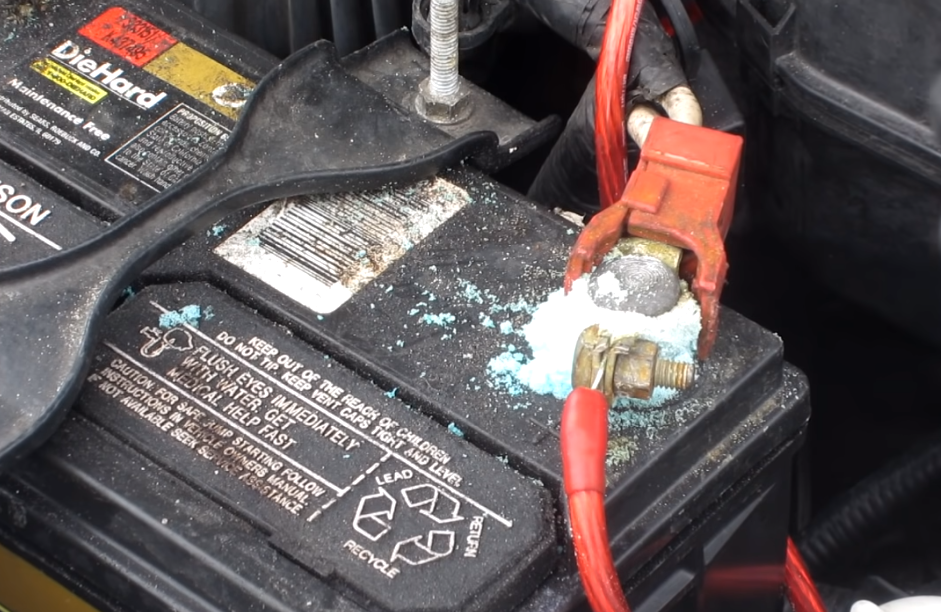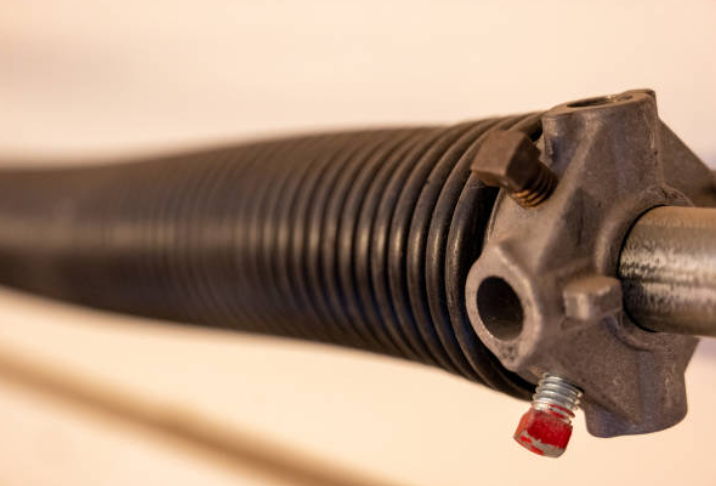How To Clean Battery Terminals the Right Way
Have you noticed that the performance of your automobile battery has declined? Perhaps the terminals need to be cleaned thoroughly. Cleaning corroded battery terminals is an important maintenance task that will help keep your car's electrical system running smoothly. Doing so properly can restore lost power, prevent further damage from occurring and possibly extend the life of your vehicle’s battery. In this blog article, we'll show you how to thoroughly clean the battery terminals of a car. Learn more by reading on!

What Are Battery Terminals and Why Should You Clean Them?
The metallic connectors on a battery known as battery terminals allow electrical energy to smoothly flow from the battery to a gadget or vehicle's electrical system. Typically positioned near the upper section of the battery, these terminals are composed of lead or lead alloys. Over time, various factors such as heat, exposure to moisture, and internal electrochemical reactions can lead to the deterioration of battery terminals. This deterioration is visually evident as the formation of a powdery, crusty substance on the terminals, often displaying a white or bluish-green hue.
Cleaning battery terminals is important for several reasons:
Maintenance: Regular cleaning of battery terminals is part of routine battery maintenance. It helps to ensure the battery operates optimally and prolongs its lifespan.
Reliable electrical connection: Corrosion on battery terminals can impede the flow of electricity between the battery and the electrical system. This can lead to voltage drops, poor electrical connections, and potential starting or charging problems in vehicles or devices.
Preventing electrical issues: Clean battery terminals aid in the maintenance of a solid electrical connection, lowering the chance of electrical issues such as intermittent power loss, dimming lights, or unpredictable gadget behavior.
Safety: Corroded battery connections can produce excessive resistance, causing the battery to overheat. It can cause electrical arcing or even an explosion in severe circumstances. In extreme cases, it can lead to electrical arcing or even an explosion. Cleaning the terminals reduces these risks.

It is important to obtain the required materials before beginning the cleaning of battery terminals. These include eye protection, protective gloves, a spray bottle of clean water, a clean cloth or towel, water, baking soda, a wire brush or an old toothbrush, and other supplies. Water is required to make a paste and rinse off the leftovers while baking soda serves as a cleaning agent to eliminate rust. While using the wire brush or toothbrush, the rust may be scrubbed away while wearing safety goggles and gloves. The terminals may be cleaned with the spray bottle, and the terminals and cable connections can be dried using a cloth or towel. When these materials are available, one may proceed confidently to thoroughly clean the battery connections and maintain a reliable electrical connection.
Step 1: Safety precautions
Ensure the device or vehicle is turned off and remove the keys if applicable. Put on protective gloves and eye protection to safeguard against any contact with battery acid or debris.
Step 2: Disconnect the battery
It's crucial to unplug the positive (red) cable first when working with a car battery before moving on to the negative (black) cable. The likelihood of accidental short circuits or electrical shocks is reduced by the following procedure.
Step 3: Inspect the terminals
Check the battery connections closely for any corrosion indicators. Corrosion manifests as a crusty, powdery material that is frequently white or bluish-green in hue. Clean the terminals if corrosion is present.
Step 4: Prepare a cleaning solution
Mix a tablespoon of baking soda with enough water to create a paste. The paste should have a consistency that allows easy application.
Step 5: Apply the cleaning paste
Using a clean cloth or brush, apply the baking soda paste to the battery terminals. Ensure the paste covers all areas of the terminals, including the cable connectors. The baking soda helps to neutralize the corrosion.
Step 6: Scrub the terminals
Gently scrub the battery terminals and cable connectors with a wire brush or an old toothbrush. Work in circular motions to remove the corrosion and buildup. Take care not to apply excessive force to avoid damaging the terminals.
Step 7: Rinse with water
Fill a spray bottle with clean water and use it to rinse off the baking soda residue from the terminals and cable connectors. Thoroughly wash away any remaining paste.
Step 8: Dry the terminals
Use a clean cloth or towel to dry the battery terminals and cable connectors. Ensure they are completely dry before reconnecting the battery.
Step 9: Reconnect the battery
Reattach the positive (red) cable first, followed by the negative (black) cable. Ensure they are securely tightened.

There are various things you may take to stop further corrosion on battery terminals. First, after cleaning the terminals, apply a thin coat of terminal protector or battery terminal grease to create a protective barrier against corrosion. Additionally, ensure that the terminals and cable connectors are tightly secured to minimize resistance and potential corrosion. Consider using terminal covers or insulating washers to shield the terminals from moisture and debris. Avoid overcharging the battery, as excessive heat and electrolysis can accelerate corrosion. Keep the battery clean and dry, regularly inspecting for dirt, debris, and acid leaks. Proper storage in a cool, dry location and addressing any leaks promptly are also important preventive measures. By following these steps, you can significantly reduce the risk of future corrosion on battery terminals and maintain the battery's performance and longevity.
-
Can I use a wire brush to clean battery terminals?
Yes, a wire brush or an old toothbrush is suitable for cleaning battery terminals. Ensure that the brush is clean and free from any debris or rust that could scratch the terminals.
-
Do I need to rinse off the baking soda paste after cleaning?
Yes, it is essential to rinse off the baking soda paste after cleaning the terminals. Use a spray bottle filled with clean water to thoroughly rinse the terminals and cable connectors, ensuring all the residue is washed away.
See more review here: The 10 Best Aftermarket Wheels













